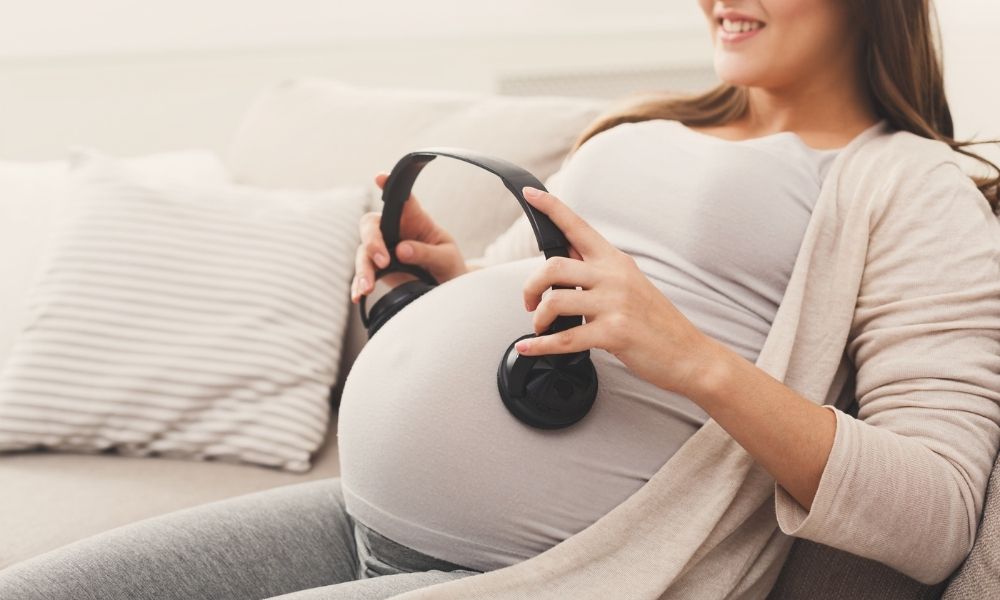The demand for Extended Rear-Facing (ERF) car seats has experienced an unprecedented surge, with Google search data for ‘erf car seat’ revealing a remarkable increase of +658% in the past month and an astounding +3,883%in the past quarter. This substantial rise underscores a growing awareness and prioritisation of child safety on the road.
- Searches for ‘erf car seat’ have increased +3,883% in the past quarter
- Searches for ‘erf car seat’ have increased +658% in the past month
Fiona Suffield, Country Manager at Avionaut commented:“While extended rear-facing isn't new, it's fantastic to see UK parents embracing this practice for their children's safety. Sweden has been leading the way since 1965, often keeping their children rear-facing until 6 years old.”
“Introduced in 2013, the European regulation ECE R129 requires rear-facing travel for babies until 15 months, marking a positive change. However, based on safety data, people are increasingly advocating for even longer rear-facing periods.”
ERF carseats have gained massive traction as the safest option for young passengers, and for good reason. These innovative seats keep children facing backward for longer, often up to 6 years old, offering compelling advantages.
Enhanced Safety

In the unfortunate event of a car crash, especially a head-on collision in a forward-facing seat, a child's head is propelled forward. As their neck muscles are still developing this can lead to severe injuries to the neck and spine. In contrast, ERF seats cradle the child’s head, neck, and back, distributing crash forces and mitigating the force on the neck. ERF seats reduce the risk of head and neck injuries by up to 5 times compared to forward-facing seats.
“Rear-facing child car seats can reduce the likelihood of both injury and death in small infants and young children by up to 90% in a crash” - In Car Safety Centre.
Simon Bellamy, Managing Director of In Car Safety Centre commented: “The most dangerous car accidents are frontal collisions. When a child is forward-facing and a frontal collision occurs the child is flung forward in the seat, being caught by the harness. This puts stress on the neck, the spine, and the internal organs.”
“Rearward facing seats counteract this forward movement – the child would be thrown back into the car seat. This distributes the force more evenly across their backs and causes far less stress on ‘bendy’ parts of the body.”
Optimal Age and Weight Range

ERF carseats are designed to accommodate children beyond the traditional forward-facing transition point. This ensures that children remain rear-facing for an extended period, aligning with expert recommendations to enhance safety during early childhood.
Fiona Suffield, Country Manager at Avionaut commented:"Rear-facing car seats encourage a natural and supportive posture for infants, ensuring proper alignment of their pelvis, torso, and head during travel. This not only enhances comfort but also contributes to healthy development during their early years."
Long-Term Cost-Effectiveness

Investing in ERF car seats proves to be cost-effective in the long run, as they can be used for an extended period, accommodating a child's growth and development. This longevity minimises the need for frequent replacements, making it a great choice for budget-conscious families.
Google search data reveals a significant shift in consumer behaviour, reflecting a discerning approach to child safety. As families recognise the advantages of ERF car seats, this upward trend is expected to continue, fostering a culture of safety-conscious parenting.
All information we provide is for educational and awareness purposes only. Any concerns should be discussed with your GP, Midwife or Healthcare Professional.
If you’re trying to conceive (TTC), you probably know that there are certain foods and nutrients that become especially important once you’re pregnant. But nutrition plays a vital role even when trying to conceive, much like laying a strong foundation before constructing a house.
Certain nutrients create that foundation by supporting egg and sperm health (yes, nutrition matters for both partners), hormone balance and creating a hospitable environment for a fertilized egg to implant. In fact, studies show that certain nutrients can help increase fertility and improve success rates for both natural conception and fertility treatments.
In other words, nutrition is a key player in the TTC journey, but getting the right nutrients in the right quantities can be tricky. That’s where supplements come in. Just as you’d take a multivitamin to fill in nutritional gaps for optimal health, fertility supplements can give you that extra nutrient boost.
Choosing supplements for your fertility journey
When choosing a supplement to support your fertility journey, look for science-backed, high-quality ingredients. Our editors are careful to select and partner with brands that use ingredients that have been clinically studied to support fertility. Eu Natural® (pronounced you) covers all those bases and more. We love knowing that Eu Natural® products contain zero artificial additives, binders, or fillers and are lab-tested to ensure purity and potency.

When choosing a supplement to support your fertility journey, look for science-backed, high-quality ingredients. Our editors are careful to select and partner with brands that use ingredients that have been clinically studied to support fertility. Eu Natural® (pronounced you) covers all those bases and more. We love knowing that Eu Natural® products contain zero artificial additives, binders, or fillers and are lab-tested to ensure purity and potency.




.jpg)

.png)
.jpg)



.png)
